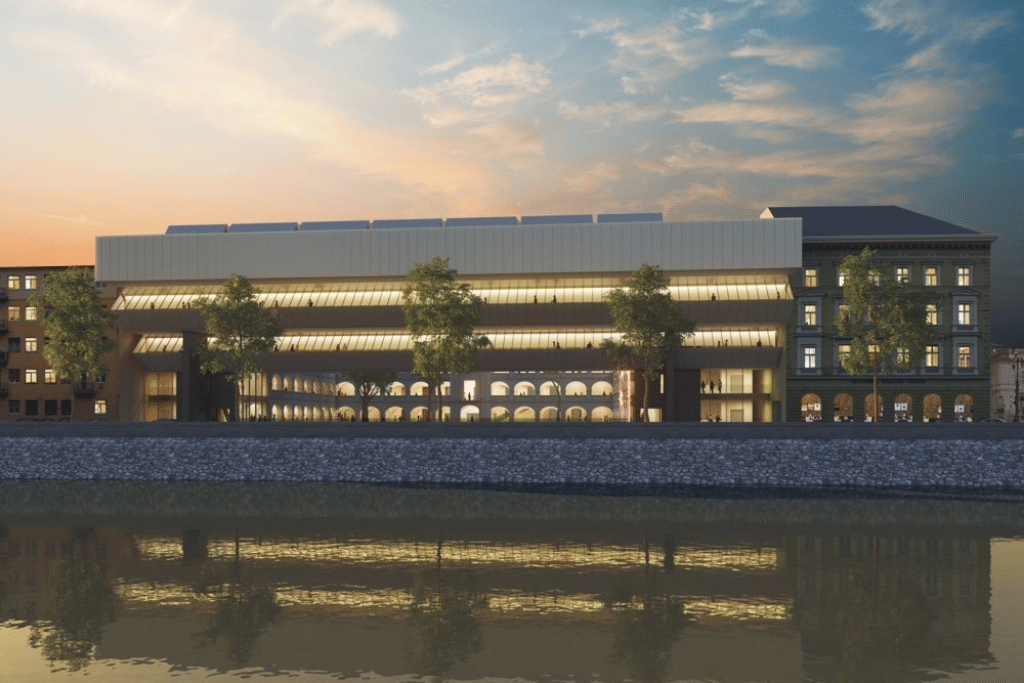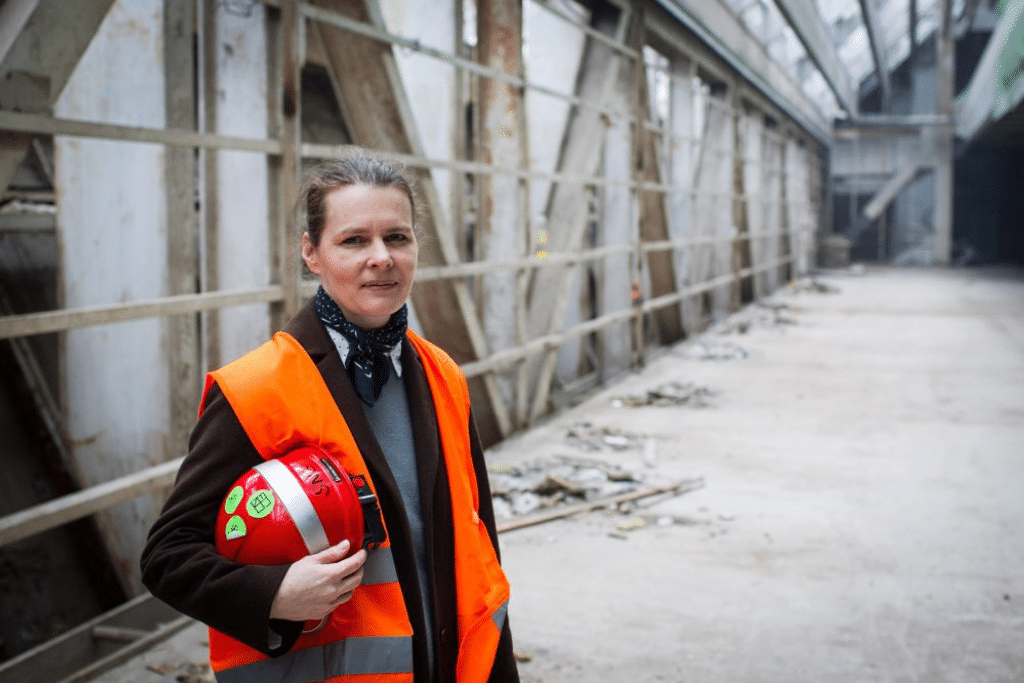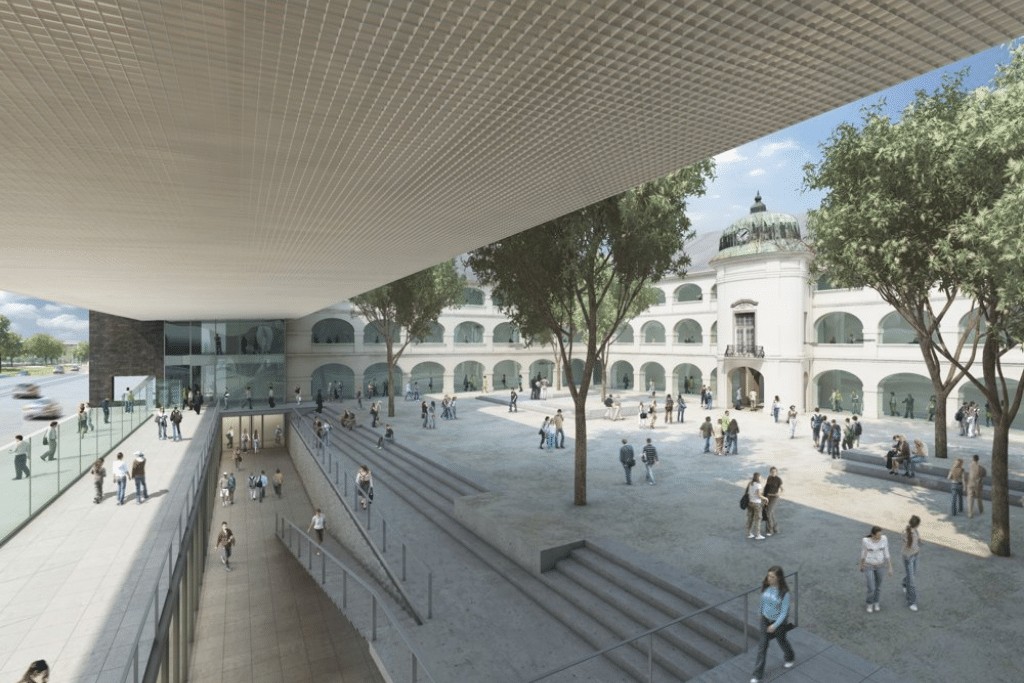The technical state of disrepair of the SNG building in Bratislava resulted in a radical step by director Katarína Bajcurová, who, as of 1 March 2001, decided to close down the exhibition spaces of the SNG bridge. Inconsistent project construction, installation of worn-out technology and the use of poor quality materials, as well as the problematic repair of the leaking glass roof, all contributed to the fact that after 24 years, the bridge became unsuitable for exhibition purposes. Thus the gallery had to close off approximately 1,800 m² of its exhibition space designated particularly for temporary exhibitions.
As a result of this decision, the gallery faced a wave of negative criticism from the population, the city’s chief architect and certain parts of the expert public. Post-revolution voices brought to life called for the removal of the bridge, although former party and governmental buildings have fulfilled new functions in the city without such radical architectural interventions.


Combining old and new
The so-called bridging, the modern extension of the gallery connecting two wings of the Water Barracks above the ground, is perceived somewhat controversially by the Slovak general public, but Kusá believes that by making it functional, it will also become more acceptable.
When planning the reconstruction and the details of the following operation, the architects looked at top world galleries like the Tate Modern in London and the Museums Quartier in Vienna.

The reconstruction of the SNG’s premises will make the whole area transitional in several directions. After the project is over, people should be able to enter the gallery directly from Hviezdoslavolo Square via the Carlton Hotel. The SNG also wants to enable the connection of Štúrovo Square with Lodná Street through its premises. In its foundation deed, the Slovak National Gallery (SNG) is defined as the supreme and central gallery institution of Slovakia, and following reconstruction, it will live up to its name.
